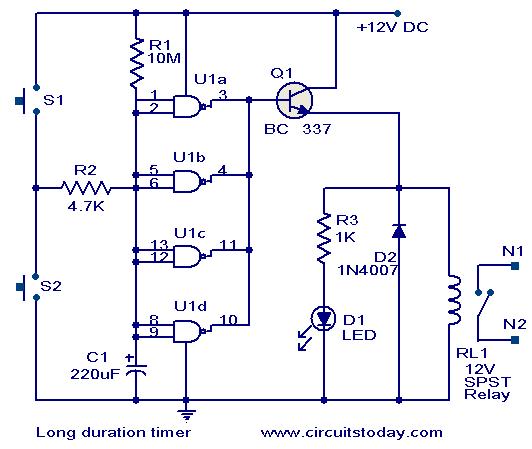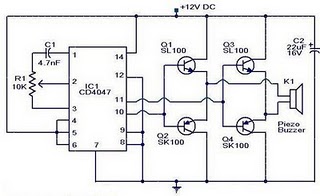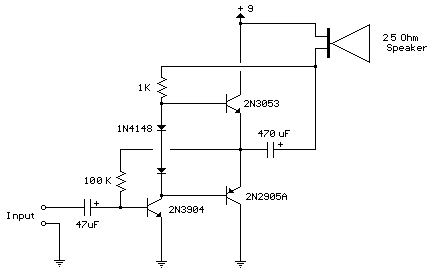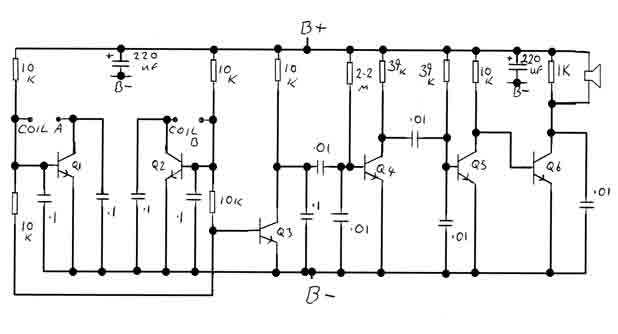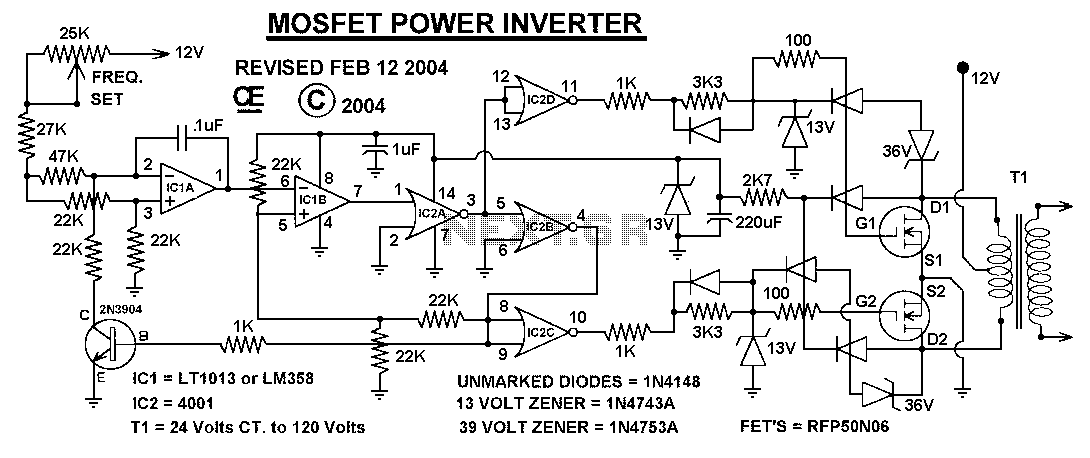
Output current boost circuit PGA202 OPA633
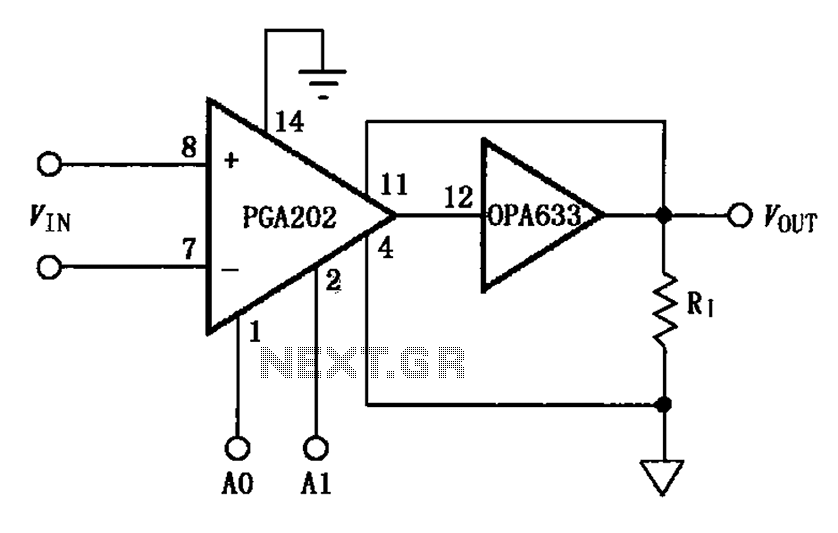
The figure illustrates a current boosting circuit configuration utilizing the PGA202 and OPA633 operational amplifiers. This circuit enhances the output current capability of the PGA202 operational amplifier, leveraging the performance characteristics of the OPA633 to achieve a higher output current.
The circuit design incorporates the PGA202, which serves as the primary operational amplifier, providing initial signal amplification. The OPA633 is connected in a configuration that allows it to boost the output current of the PGA202. This arrangement is particularly beneficial in applications where increased current drive capability is essential, such as in driving low-impedance loads or in systems requiring higher power outputs.
The PGA202 features a programmable gain architecture, allowing for flexibility in gain settings, which can be adjusted according to the specific requirements of the application. The OPA633, known for its high-speed performance and low distortion, complements the PGA202 by providing additional output current without compromising the overall signal integrity.
In this configuration, feedback mechanisms are critical to maintaining stability and ensuring that the output remains linear across the desired frequency range. Proper selection of feedback resistors and compensation capacitors is necessary to optimize performance and prevent oscillations. Additionally, power supply decoupling capacitors should be included close to the power pins of both amplifiers to minimize noise and ensure stable operation.
This current boosting circuit can be utilized in various applications, including audio amplification, sensor signal conditioning, and high-speed data acquisition systems, where robust output current capabilities are required. The integration of the PGA202 and OPA633 creates a versatile and powerful solution for enhancing output current in electronic circuits. As shown in FIG grounds PGA202 OPA633 op amp output current boosting circuit configuration. This circuit PGA202 output of an operational amplifier plus the ability OPA633, OPA6 33 output current use, to enhance the output current of the entire circuit.
The circuit design incorporates the PGA202, which serves as the primary operational amplifier, providing initial signal amplification. The OPA633 is connected in a configuration that allows it to boost the output current of the PGA202. This arrangement is particularly beneficial in applications where increased current drive capability is essential, such as in driving low-impedance loads or in systems requiring higher power outputs.
The PGA202 features a programmable gain architecture, allowing for flexibility in gain settings, which can be adjusted according to the specific requirements of the application. The OPA633, known for its high-speed performance and low distortion, complements the PGA202 by providing additional output current without compromising the overall signal integrity.
In this configuration, feedback mechanisms are critical to maintaining stability and ensuring that the output remains linear across the desired frequency range. Proper selection of feedback resistors and compensation capacitors is necessary to optimize performance and prevent oscillations. Additionally, power supply decoupling capacitors should be included close to the power pins of both amplifiers to minimize noise and ensure stable operation.
This current boosting circuit can be utilized in various applications, including audio amplification, sensor signal conditioning, and high-speed data acquisition systems, where robust output current capabilities are required. The integration of the PGA202 and OPA633 creates a versatile and powerful solution for enhancing output current in electronic circuits. As shown in FIG grounds PGA202 OPA633 op amp output current boosting circuit configuration. This circuit PGA202 output of an operational amplifier plus the ability OPA633, OPA6 33 output current use, to enhance the output current of the entire circuit.

